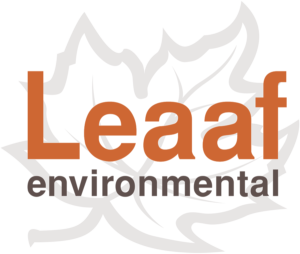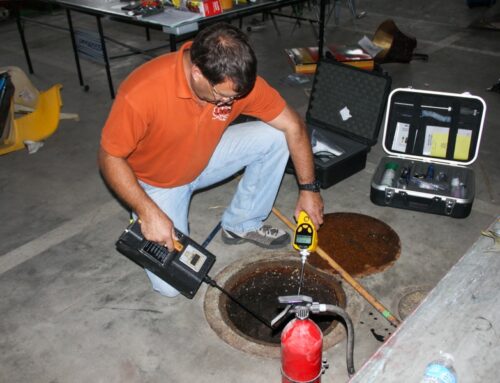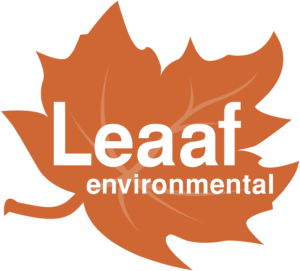Before purchasing or developing a property, knowing the environmental factors potentially associated with the project is crucial. The best way to start the process is by conducting a Phase I Environmental Site Assessment (ESA). A Phase I ESA report provides an overview of a property’s environmental history and identifies potential environmental contamination.
At its core, a Phase I ESA is key for due diligence. It informs you of potential risks before making a significant and potentially costly investment. Typically, a Phase I ESA is requested when purchasing, financing, or planning to develop a commercial or industrial property, as many parties who may be involved want to understand the risk they might be taking on the investment.
The Phase I ESA report is typically prepared by an environmental consulting firm and involves a review of the property’s history, including previous uses, storage of hazardous materials, and any known concerns in the surrounding area, and a site visit. The goal is to identify potential environmental risks and assess the need for further investigation or action.
In addition to identifying potential risks, a Phase I ESA can also be used to mitigate liability. Under the Comprehensive Environmental Response, Compensation, and Liability Act (CERCLA), also known as Superfund, the owner or operator of a contaminated property is held responsible for cleanup costs, even if they were not responsible for the contamination. By conducting a Phase I ESA, the purchaser or developer can show that they exercised due diligence and took reasonable steps to identify potential environmental risks, and are not responsible for potential previous contamination.
At the end of the Phase I ESA process, the environmental consulting firm will provide a report signed by an Environmental Professional summarizing the findings, helping you identify any areas of concern. Depending on the results, further investigation or remediation may be necessary.
While a Phase I ESA is an investment, it’s a small price to pay for the peace of mind that comes with knowing what you’re getting into. By identifying potential environmental risks early in the process, you can avoid costly surprises down the road and ensure that your project is on solid footing. It is important to note that a Phase I ESA report expires after 6 months and conducting a Phase I typically takes 4 weeks.
If you have any questions or concerns regarding Phase I ESAs, contact us at info@leaaf.com





